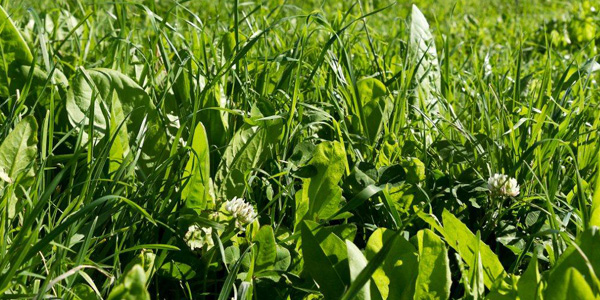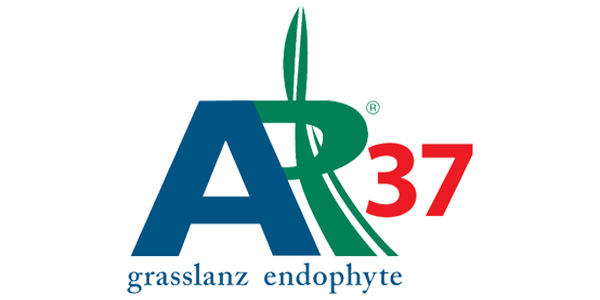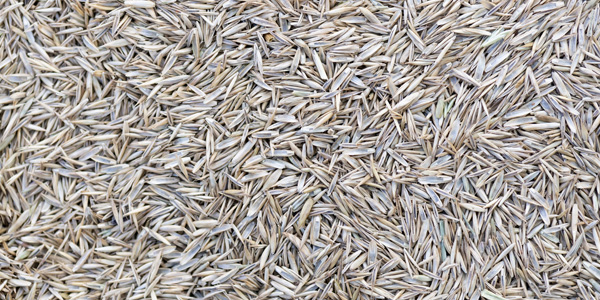
Animal performance
Animal performance
Red Clover for Finishing Lambs
Red clover such as Relish, is successfully used as a component of a pasture mix to improve pasture production and quality during the summer. However, recent interest in red clover sown as a pure stand has shown the potential as an alternative to a summer brassica crop for finishing lambs.
In a series of Agricom experiments, groups of lambs (n=10-55) were rotationally grazed on red clover, perennial ryegrass/white clover pasture or spring sown leafy turnip over two years. The table below shows the general effect of each forage system on key productive parameters. This evaluation suggested that, in the appropriate environment, there is no disadvantage in using red clover compared with a forage brassica in either the number of lambs potentially finished per-hectare or the speed of growth.
Additional benefits include:
- Relish persists for two or more summers
- Improves nitrogen cycling for future crop rotations
- Has the option to conserve surplus as silage or hay
Brassica crops are still important in a renovation programme where longer crop rotations are less appropriate, or where quick feed is required from a spring sowing. In these situations red clover is less appropriate, however, it is an option where a longer term finishing crop is desirable.
In a series of Agricom experiments, groups of lambs (n=10-55) were rotationally grazed on red clover, perennial ryegrass/white clover pasture or spring sown leafy turnip over two years. The table below shows the general effect of each forage system on key productive parameters. This evaluation suggested that, in the appropriate environment, there is no disadvantage in using red clover compared with a forage brassica in either the number of lambs potentially finished per-hectare or the speed of growth.
Additional benefits include:
- Relish persists for two or more summers
- Improves nitrogen cycling for future crop rotations
- Has the option to conserve surplus as silage or hay
Brassica crops are still important in a renovation programme where longer crop rotations are less appropriate, or where quick feed is required from a spring sowing. In these situations red clover is less appropriate, however, it is an option where a longer term finishing crop is desirable.
MAXIMISING ANIMAL PRODUCTIVITY
MAXIMISING ANIMAL PRODUCTIVITY
Maximising animal productivity from red clover stands is a balance between high stocking rates and fast growing animals (see accompanyting graph).
Key points:
- Low allowance creates high utilisation and poor per head liveweight gains along with reduced liveweight gain per-hectare despite high stocking rates
- High allowance, liveweight gain can be reduced due to an increase in poorer quality forage and liveweight gain perhectare rates can be lower
- Liveweight gain maximised at a lamb allowance of 2 kg DM/ha/day, as lambs grew fast and stocking rate was optimised

Our Clover range
VIEW PRODUCTS





